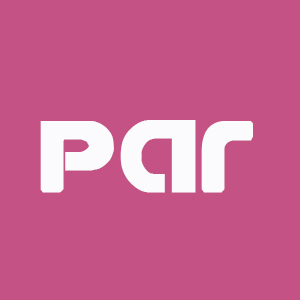fig4
Figure 4. Mineralized collagen scaffolds modulate osteogenesis and osteoclast activity. Nanoparticulate MC-GAG scaffolds enhance hMSCs-mediated bone formation and suppress osteoclast activity compared to nonmineralized Col-GAG. (A) Schematic of the co-culture system used to assess osteogenic and resorptive activity; (B and C) Quantification and µCT images show mineralization under different scaffold and cell conditions, including AdOPG-transduced hMSCs; (D-F) MC-GAG scaffolds and AdOPG-transduced hMSCs reduce osteoclast proliferation and resorption, as shown by WST-1 assays, pit assays, and TRAP staining; (G and H) Proposed mechanisms: Col-GAG supports osteogenesis but shows incomplete osteoclast inhibition, while MC-GAG more effectively promotes osteogenic differentiation and directly inhibits osteoclasts. Adapted from Ren et al., 2019[244,245]. MC-GAG: Mineralized collagen glycosaminoglycan; hMSCs: human mesenchymal stem cells; Col-GAG: collagen glycosaminoglycan; µCT: microcomputed tomography; AdOPG: adenovirus-mediated delivery of osteoprotegerin.









